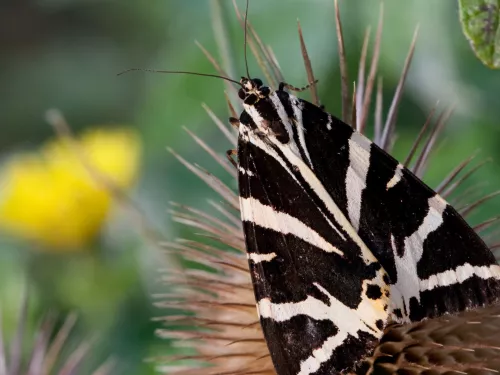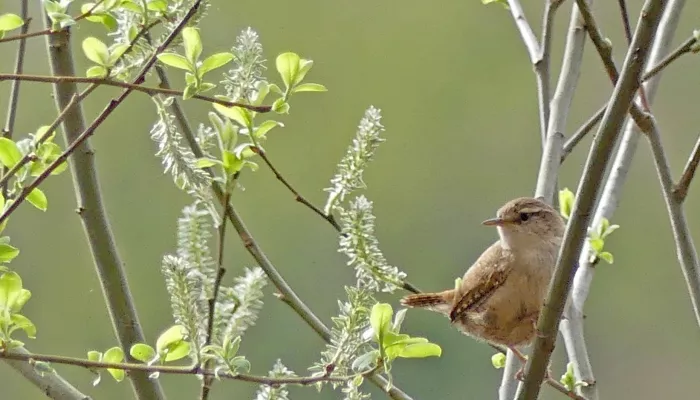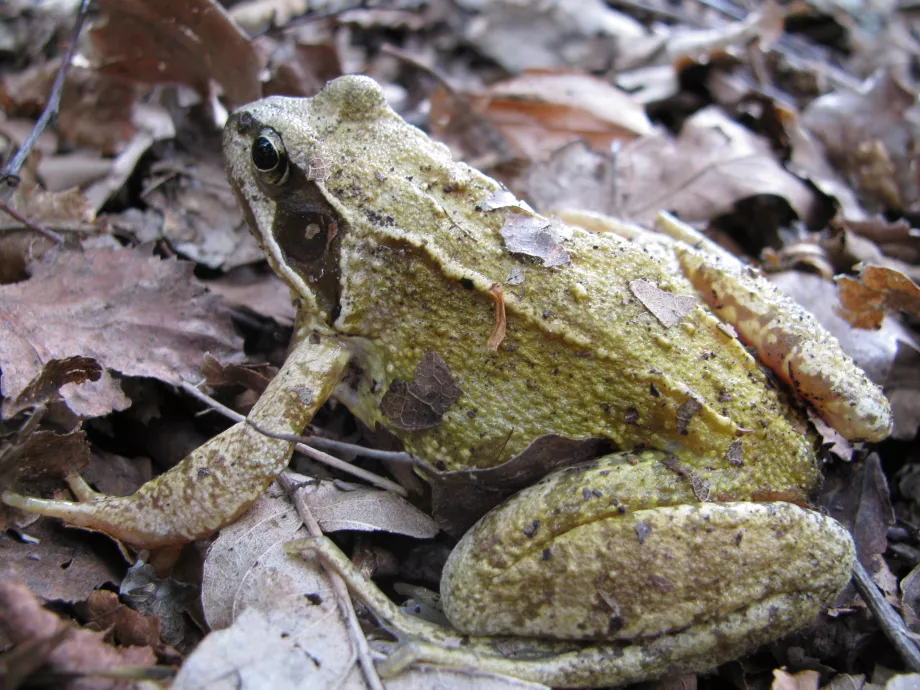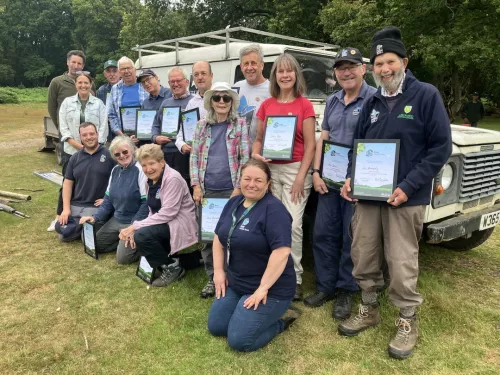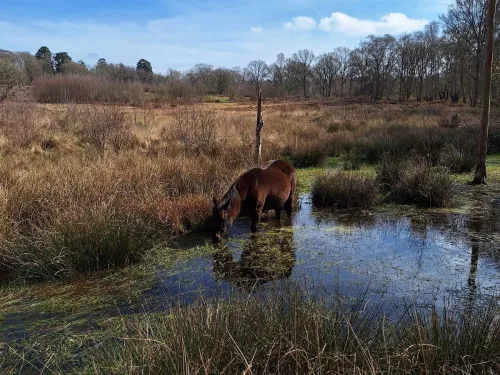From Margery Thomas
Snipe have been seen on the ground and linnets, buzzards, kestrels, overhead, The nightingale was heard very early this year, in early April. We are well into the breeding season for birds. A robin built a nest at the back of the potting bench just inside my greenhouse and parents are now flitting in and out feeding their brood. Thirsty plants at the far end of the greenhouse are surviving on very sporadic watering just for now. On the reserve, the even smaller wren, Troglodytes troglodytes, a year-round resident, nests closer to the ground. The male wren will have built up to a dozen domed nests for the female to choose from, that’s even more than the whitethroat. The wrens nests are all well hidden in a bank, hole in a tree or crevice, in open ground or woodland The female lines the chosen nest with whatever soft materials she finds, incubates the eggs alone for around two weeks, and alone feeds the fledglings on moth larvae, for nearly three weeks, before starting a second brood. Wrens use their long thin slightly curved bill to probe crevices in banks and walls for spiders and fly and insect larvae. Wrens are heard almost all year round, a vibrant loud warble and final trill, or a hard tic-tic-tic call note, sung from a prominent perch or from a hidden position. The sweet clarity of the call, appearing from nowhere, lights up a grey winter’s day.
The Wrens grand latin name (Troglodytes troglodytes), means “cave dweller”, alluding to its furtive life among thick ground cover. Only the firecrest and goldcrest are smaller than this stocky little bundle of buff and brown feathers and cocked tail. They can easily freeze to death, so communal roosts of many birds crammed into an old nest or crevice help with survival in very hard winters. Come spring, males reclaim their territory and loud vocal duels ensue.
From Will Glasson, Area Warden
